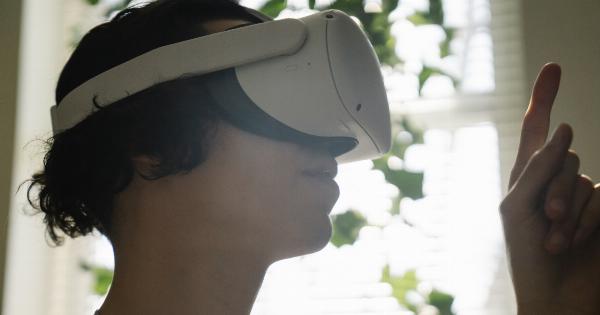Dementia is a chronic mental disorder that has been increasingly becoming a concern to the healthcare industry. This is because it affects cognitive skills such as the ability to think, analyze, remember, and make decisions.
There has been an increasing number of cases of dementia reported globally, with people aged 65 or older being the most susceptible victims. According to the World Health Organization, over 50 million people worldwide have dementia, with 10 million new cases every year. Visual problems and dementia have been found to be closely linked, and in this article, we will explore that link.
What is Dementia?
Dementia is a chronic mental disorder that is characterized by a decline in cognitive function. It affects a person’s memory, behavior, and ability to process information.
The most common symptoms of dementia include forgetfulness, confusion, inability to concentrate, and difficulty in performing simple tasks. Dementia is caused by damage to brain cells, and the damage may be caused by a variety of factors such as age, genetics, and chronic illnesses such as Parkinson’s disease and Alzheimer’s disease.
What Causes Visual Problems?
Visual problems can occur due to a variety of reasons. They can be related to the eye or the brain.
Some common causes of visual problems include age-related macular degeneration, which is associated with aging, glaucoma, cataracts, diabetic retinopathy, and retinal detachment. Visual problems can also be caused by damage to the part of the brain that is responsible for processing visual information. This can happen as a result of a head injury, stroke, or other neurological conditions.
The Link Between Visual Problems and Dementia
Studies have shown that visual problems and dementia are closely linked. Research conducted by the University of Miami found that people who have visual problems are twice as likely to develop dementia as those who don’t.
The study also found that people with visual impairment were 63% more likely to develop Alzheimer’s disease. The link between visual problems and dementia is believed to be due to the impact visual impairment has on the brain’s ability to process information.
Impact of Visual Problems on the Brain
The brain relies on visual input to process information, and when this input is impaired, it can lead to changes in the brain’s structure and function.
One study found that people with visual impairment had lower levels of brain activity in the areas of the brain that are responsible for processing visual information. This lack of stimulation can cause the brain cells to die off, which is a key factor in the development of dementia.
Early Detection is Crucial
Early detection of visual problems and dementia is crucial in preventing or delaying the onset of cognitive decline. Treatment for visual problems can help improve the quality of life of people with dementia.
For instance, cataract surgery has been found to significantly improve cognitive function in people with dementia. The earlier the visual problem is detected, the better the chances of slowing down the progression of dementia.
Preventive Measures
The best way to prevent visual problems and dementia is through a healthy lifestyle.
According to the Alzheimer’s Association, a healthy lifestyle that includes a balanced diet, regular exercise, socialization, and mental stimulation is crucial in reducing the risk of dementia. Incorporating activities that stimulate the brain, such as reading, crossword puzzles, and learning a new skill, can help keep the brain active and reduce the risk of cognitive decline.
Conclusion
Visual problems and dementia are closely linked, and people with visual impairment are at a higher risk of developing dementia.
The impact of visual impairment on the brain’s ability to process information is believed to be a key factor in the development of dementia. Early detection of visual problems and dementia is crucial in preventing or delaying cognitive decline, and a healthy lifestyle can help reduce the risk of dementia.































